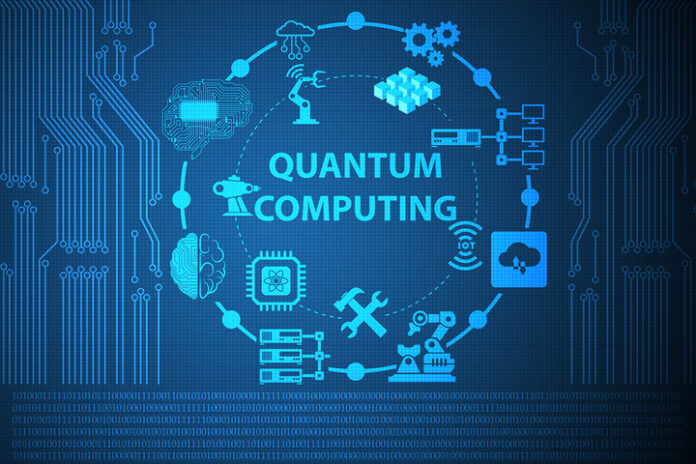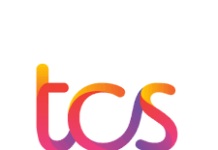Definitions : Quantum Computing & Quantum Information
Quantum Computing & Quantum Information : A quantum computer is a computation system that makes direct use. Quantum-mechanical phenomena (such as superposition and entanglement), to perform operations on data.
Quantum superposition is a fundamental principle of quantum mechanics that holds a physical system. Such as an electron – exists partly in all its particular theoretically possible states simultaneously; but when measured or observed, it gives a result corresponding to only one of the possible configurations

Definitions – Qubit : Quantum Computing & Quantum Information
In quantum computing, a qubit or quantum bit is a unit of quantum information. The quantum analogue of the classical bit. A qubit is a two-state quantum-mechanical system
Such as the polarization of a single photon: here the two states are vertical polarization and horizontal polarization.
In a classical system, a bit would have to be in one state or the other. But quantum mechanics allows the qubit to be in a superposition of both states at the same time. A property which is fundamental to quantum computing.
Multiple Qubit Superposition
The number of superpositions of n qubits are 2^n superpositions
So the number of superpositions of 300 qubits are 2^300 which is greater. The number of atoms of the appearing universe
It is really a huge number; however; the number of possible information also are much higher.
Note that the number of possible distinct Boolean circuits. For n inputs and one output are 2^(2^n)
when n=8 -> number of circuits = 2^256
when n=16 -> number of circuits = 2^65536
Quantum Entanglement
Quantum entanglement a physical phenomenon that occurs when pairs. Groups of particles generated or interact in ways such that the quantum state of each particle cannot described independently. Instead, a quantum state may given for the system as a whole.
It thus appears that one particle of an entangled pair “knows” what measurement has performed on the other. With what outcome, even though there no known means for such information to communicated between the particles. Which at the time of measurement may be separated arbitrarily large distances.
Entangled Qubits
Although the measurement of the value of each single qubit is completely random.
When they two qubits entangled a correlation established between the two bits. Such that the value of one qubit could the same. The opposite value of the other.
However; this correlated information couldn’t measured locally on single qubit. It should collectively measured (globally measured).
Click Here To Visit Our Website





